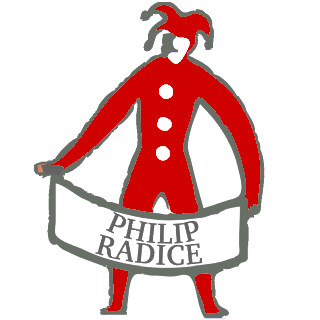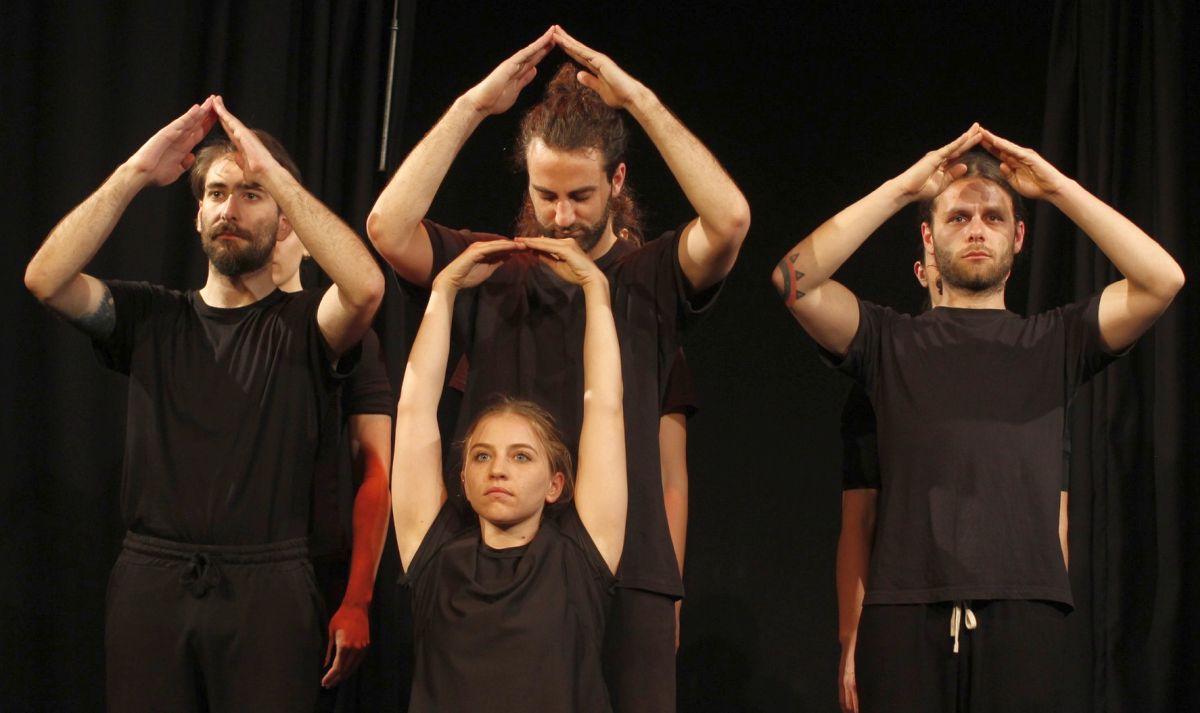Physical Theatre
Since the late “80’s and early “90’s”, Physical Theatre has become the term to describe a type of performance (mainly narrative or dramatic theatre) using primarily physical means rather than the literary text or “stage literature”. It is based on the assumption that performing is first and foremost a physical phenomena before it is a psychological one, that the means of expression are always primarily physical rather than textual.
The approach emphasizes the physical elements of the body as a communicative instrument. It finds meaning to the bodies movement in space, and searches to define the corporal language while integrating them into the different forms, styles and genre of theatre. The actor is trained to observe and analyze the movements and physical nature of the world around him and by interpreting it with the language of the body, gives it a physical transposition adapted to a theatrical performance. It is the art of non-verbal communication, yet without denying the role of the word.
By physically training the body (through, mime, corporal expression, masks, acrobatics, etc.) along with learning skills such as juggling, dance, circus arts, we develop an awareness of our body in space and, thus, consciously attempt to take command of the expressiveness of our body.
Through theatrical “playing” and improvisations, one comes to understanding the canons and laws of physicality: the grammar of body language, from the concrete to the abstract (forms, space relations, movements, gestures, postures, rhythms). By implementing those laws and canons through active interpretation and analysis of the different genres, such as pantomime, masks, clown, Commedia dell’ Arte, buffoons, melodrama, Greek tragedy, naturalism, and many others, movement and action defines itself in the creative act of dramaturgical compositions (staging, writing and direction). The actor as creator comes to fully appreciate the particular physical characteristics and forms of each one, giving the possibility to bend or even break the rules.
The overall aim is to concretize a method of directing and performing with clear, precise, and tangible rules and vocabulary that establish a rapport between the psychological process, gestures, and the word. The training enables the actor/actress to better physically sustain and translate these processes, giving them meaning and value, while rendering a scene active and visually interesting through the expression of the body.
In this context, the possibilities of expression aren’t bound unconditionally to the word and its calculated line-reading; thus, the student trains to be a theatre artist, creating as well as interpreting; they become an actor who is a “activator and creator”, not just an interpreter of someone else’s words. These techniques and principles can be applied to all forms of theatre. (Improvvisiamo con Spontaneità by Philip Radice, ELLDICI. 2000.)
To better understand the nature of our work in concept of Physical Theatre, rooted in the teachings of the Masters of Movement/Mime theatre or of Jacques Lecoq, we suggest that you go to ……
Philip Radice
Founder and director
Atelier Teatro Fisico
Copyright © 1991 – Philip Radice


